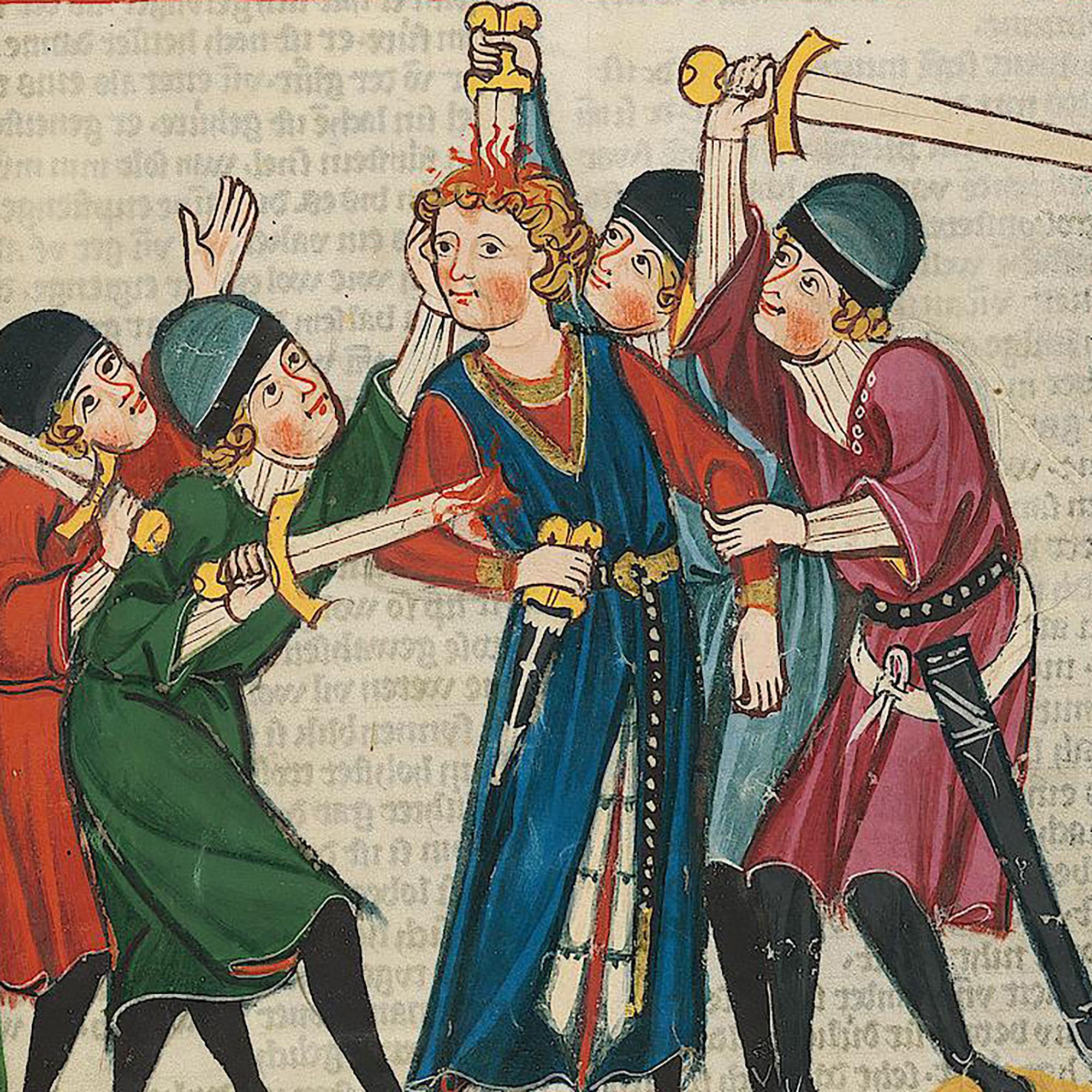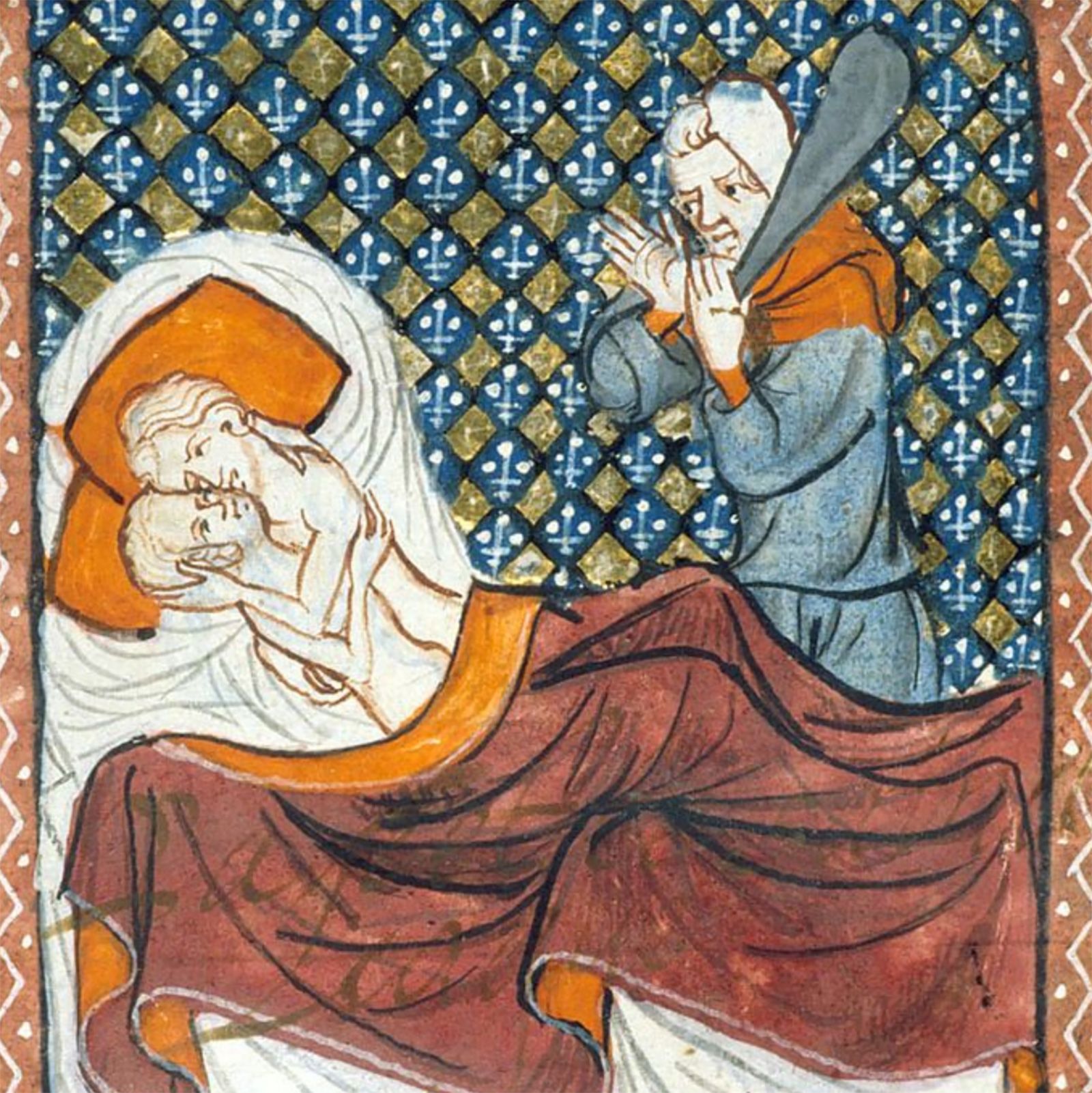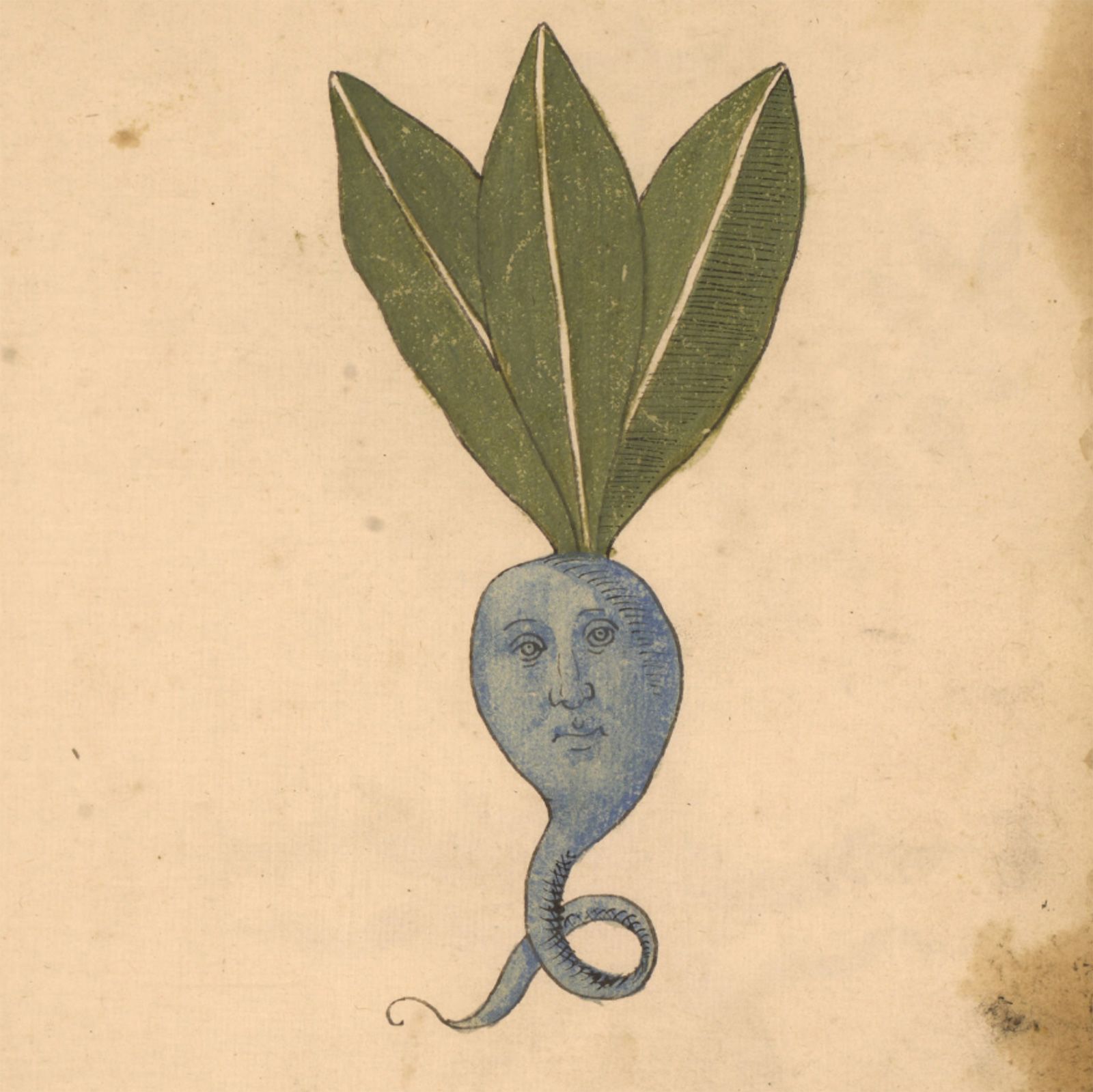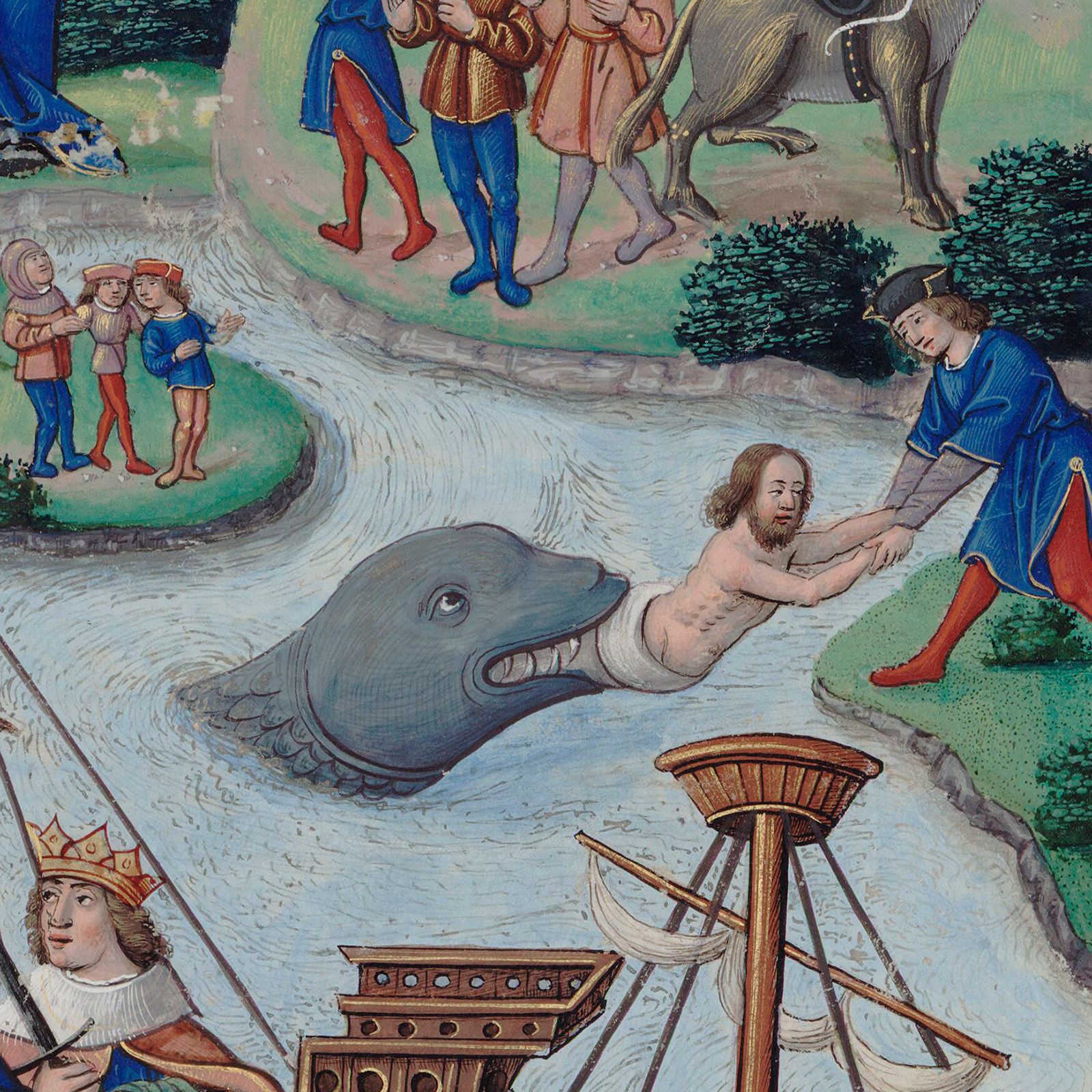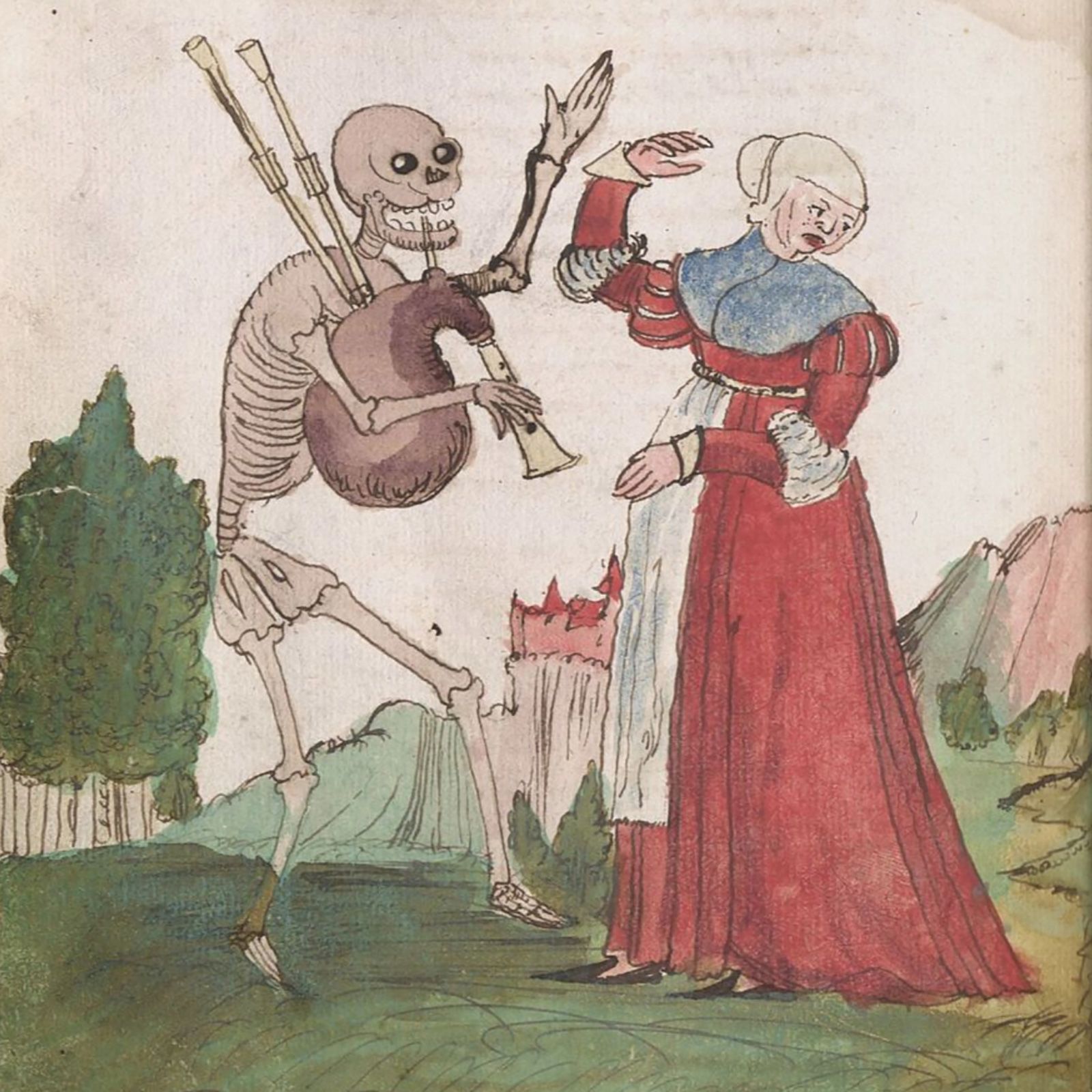Editor’s Note: Keeping you in the know, Culture Queue is an ongoing series of recommendations for timely books to read, films to watch and podcasts and music to listen to.
So you want to live like you’re from the Middle Ages? Well, maybe that’s not a common aspiration, but nevertheless, it’s a subject that’s become Olivia M. Swarthout’s expertise.
Swarthout is the researcher behind the popular art history-inspired social media account Weird Medieval Guys, which has attracted nearly 700,000 followers on X, formerly Twitter, since she began posting with the handle @WeirdMedieval in April 2022. Now, she’s the author of a book with a tongue-in-cheek guide to living like it’s 999 AD — or thereabouts — called “Weird Medieval Guys: How to Live, Love, Laugh (and Die) in Dark Times.”
You might well have seen Swarthout’s handiwork in your feeds even if you don’t follow the account: Paired with her zeitgeisty captioning, many of the strange, cute and often absurd illustrations from 6th- to 15th-century manuscripts — showing jovial skeletons and wan angels, strangely drawn animals and the daily affairs of commonfolk — have become popular memes. There’s weird floating babies, a knight stabbing himself with the caption “I’m out,” a sneaky cat with a severed penis in its mouth, and a pair of men demonstrating not-so-vaguely sexual sword-fighting tactics.
History repeats itself
In her new illustrated book, Swarthout guides readers through life in the Middle Ages with the same timely wit, making sense of broader Medieval culture through a contemporary lens. What would your name be? Ratbald? Wulfwynn? How about just Guy?
You can choose a patron saint — just as important as your astrological sign — and find hot Medieval singles in your area; learn how to settle disputes with trial-by-combat tips (if between a man and a woman, the man must be chest-deep in a hole to level the playing field) or how to identify the poisonous, man-lion-scorpion-hybrid manticore in the wild (he likes silly hats).
“A lot of the art being made (in the Medieval era) was people drawing on things from their life and experiences… that were part of popular culture,” Swarthout said in a phone call with CNN. “Focusing the book on life in general and the entire medieval world… felt like a really good way to synthesize all of those different sorts of topics together.”
The swift popularity of her Twitter account surprised her, she said. Swarthout is not a historian, but a recently graduated statistician who took art history during undergrad. “It felt very surreal — especially in the beginning — and it still does,” she said.
And though there’s no shortage of art history humor accounts across Twitter and Instagram, Swarthout’s offerings are today much more robust, with both a Substack and a podcast of the same name for followers who want a deep dive into the artworks she mines for her social posts.
“I didn’t really intend for it to be a meme account, although I think there is a lot of intrinsic humor,” she said. “A lot of the content is just funny on its own.”
There’s a reason why Medieval art is particularly, well, weird. While paintings and sculptures that remain from most other periods in history were generally produced by trained artists, the illuminated manuscripts made in Medieval times were often authored by monks and tradespeople, who weren’t necessarily following artistic conventions of the era.
“It’s almost like a look at everyday people’s inner lives, Swarthout explained, “which isn’t something that you get in a lot of art history.”
Our era may be wildly different from the Middle Ages — after all, could you explain a viral art history meme on Twitter to a 9th-century peasant farmer? But time flattens a bit through the humor of each image. Swarthout imagines people from centuries ago taking delight in some of the illustrations in the same way, like one small depiction of a cat churning butter.
“You can look at it and imagine that it was just as funny and just as cute back then,” she said. “A lot of images like that are a fun way to connect with people who lived hundreds of years ago.”
Add to Queue: Party like it’s 999
Listen: “Weird Medieval Guys” podcast (2022–)
Swarthout launched a podcast series expanding on her social media presence last summer, with ever-prescient topics including a deep dive into three prominent “wife guys” of the era and whether or not a single Dorito would kill a medieval peasant.
Play: “Pentiment” (2022)
This quirky RPG is formatted like the pages of an illuminated manuscript, with the artist protagonist, Andreas, finding himself in the middle of a murder mystery in a fictional 16th-century Bavarian town as he serves out an apprenticeship. Available to play on Xbox and Steam, “Pentiment” has received praise from critics and several award nominations for its inventiveness.
Read: “The Grand Medieval Bestiary” (2018)
If the often strange and absurd depictions of animals during this era are your thing, this 587-image compendium of the Medieval animal kingdom (both real and fabled) is a must. The beastiary includes entries on 100 different creatures and includes plenty of lore in the form of essays.
Watch: “Monty Python and the Holy Grail (1975)
The classic satire of Arthurian legend mined the Middle Ages for comedic gold decades before Medieval memes were a thing. Follow the Monty Python troupe on an epic, farcical journey from Camelot (‘Tis a silly place) in search of the Holy Grail.
Read: “Medieval Bodies: Life, Death and Art in the Middle Ages” (2019)
This illustrated history book from art historian Jack Hartnell challenges notions of the Middle Ages as being an ignorant or unsophisticated era, focusing instead on insightful, advanced and fantastical beliefs about the body and medicine through details and stories drawn from artworks, historical accounts and textbooks.
